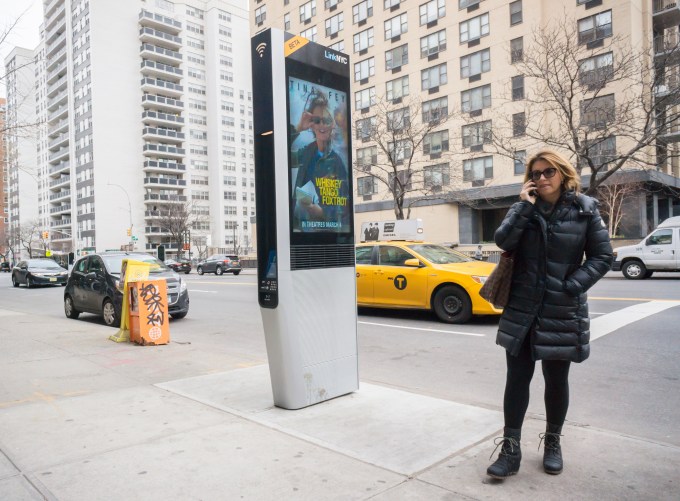› Forums › General › Discussions (General) › The economics and trade-offs of ad-funded smart city tech
Tagged: Governance_G12, SmartCity_V5b, Tips_G9
- This topic has 1 voice and 0 replies.
-
AuthorPosts
-
-
July 19, 2019 at 5:08 am #33986
#Discussion(General) [ via IoTForIndiaGroup ]
 While many factors influence the viability of a project, smart infrastructure projects seem to need two attributes in particular for an ad-funded model to make sense. First, the infrastructure has to be something with which citizens will engage — and engage a lot. You can’t throw a screen onto any object and expect that people will interact with it for more than 3 seconds or that brands will be willing to pay to throw their taglines on it. The infrastructure has to support effective advertising.
While many factors influence the viability of a project, smart infrastructure projects seem to need two attributes in particular for an ad-funded model to make sense. First, the infrastructure has to be something with which citizens will engage — and engage a lot. You can’t throw a screen onto any object and expect that people will interact with it for more than 3 seconds or that brands will be willing to pay to throw their taglines on it. The infrastructure has to support effective advertising.
Second, the investment has to be cost-effective, meaning the infrastructure can only cost so much. A third-party that’s willing to build the infrastructure has to believe they have a realistic chance of generating enough ad revenue to cover the costs of the projects, and likely an amount above that which could lead to a reasonable return. For example, it seems unlikely you’d find someone willing to build a new bridge, front all the costs and try to fund it through ad revenue.When is ad funding feasible? A case study on kiosks and LinkNYC
Let’s start with the cost side; based on an estimated project cost of around $200 million for at least 7,500 Links, we can get to an estimated cost per unit of $25,000 – $30,000
There are currently around 1,750 Links currently deployed across New York. As of November 18th, LinkNYC had more than 720,000 weekly subscribers, or around 410 weekly subscribers per Link. The kiosks also saw an average of 18 million sessions per week, or 20-25 weekly sessions per subscriber, or around 10,200 weekly sessions per kiosk (seasonality might even make this estimate too low).
And when citizens do use the kiosks, they use it for a long time! The average session for each Link unit was four minutes and six seconds. The level of engagement makes sense since city-dwellers use these kiosks in time or attention-intensive ways, such as making phone calls, getting directions, finding information about the city or charging their phones.

Bus stations, for example, may cost about $10,000 – $15,000, which is in a similar cost range as smart kiosks. According to the MTA, the NYC bus system sees more than 11.2 million riders per week, or nearly 700 riders per station per week. Rider wait times can often be five-to-10 minutes, if not longer. Not to mention bus stations already have experience utilizing advertising, to a certain degree. Projects like bike-share docking stations and EV charging stations also seem to fit similar cost profiles while having high engagement.
-
-
AuthorPosts
- You must be logged in to reply to this topic.
